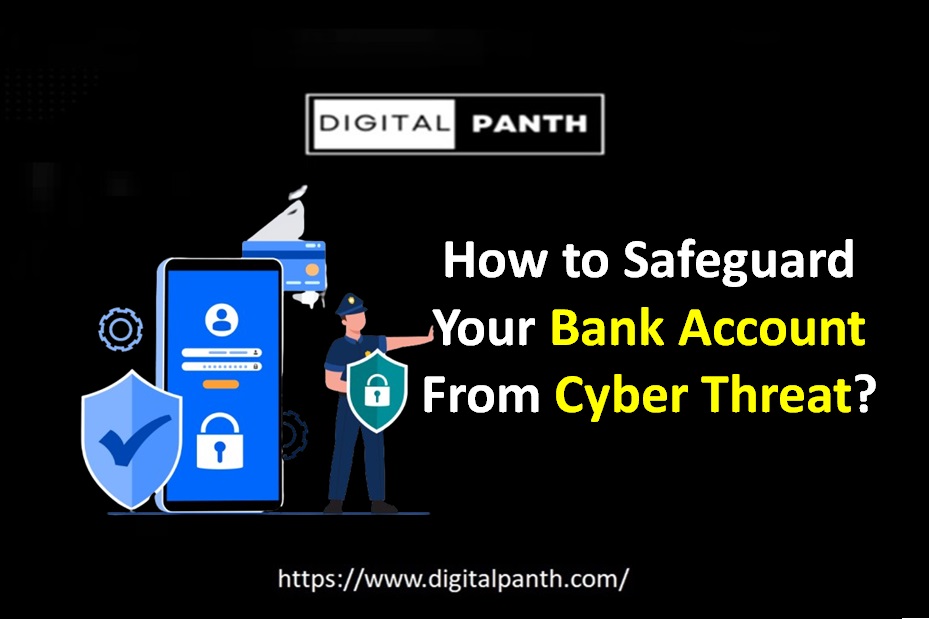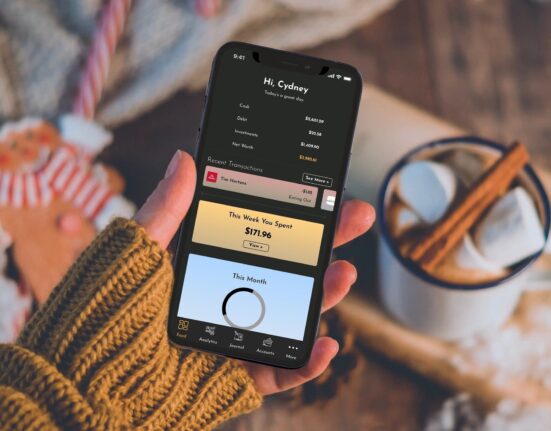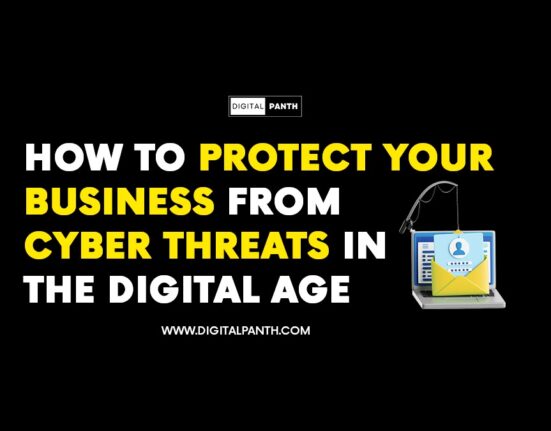Cyber threats are a very serious issue as they intentionally harm data and disturb digital existence. Cyber threats include computer viruses, data breaches, Denial of Service (DoS) attacks, and other forms of attack.
Cyber threats include the risk of a cyber attack targeting information or assets. It also attacks computer networks for sensitive data for unauthorized access. By accessing this data, they can damage or disrupt it or use it for theft. Cyber threats may originate from employees within the organization or from external parties in remote locations.
Benefits of safeguarding bank account from cyber threats
In the ongoing digital transformation worldwide, safeguarding online data is very important. Despite so many cyber security methods, the accounts are attacked by cyber criminals, which remains one of the most prevalent problems in online banking. It is very easy for those criminals as these unauthorized individuals gain entry into your accounts to take your money unlawfully or engage in fraudulent activities.
The incidents of cybercrime are increasing, and bank accounts are becoming a main focus. You need to ensure that your hard-earned money is safe. You must take measures to protect your bank account from cybercrime.
What are the cyber security threats?
Deceptive tactics like phishing and manipulating people through social engineering are common. These methods are the most frequently used in cyberattacks within financial industries. Phishing attacks attempt to obtain sensitive data like passwords and credit card numbers by pretending to be a trustworthy source. Social engineering poses a major cybersecurity risk to finances, using deception and personalized attacks to steal users’ money.
Below is an overview of the major cybersecurity risks that the banking sector is currently encountering:
Phishing
Phishing attacks are a common issue in the banking industry regarding cybersecurity. The attackers can infiltrate your system and carry out a more serious attack, leading to devastating consequences for you. In an Advanced Persistent Threat (APT), an unauthorized user can access and utilize the system without being detected for an extended period.
Trojan
The word “Trojan” refers to different deceitful methods hackers use to gain unauthorized access to protected data. A Banking Trojan appears as reliable software until it is installed on a computer. Still, it is a harmful computer program designed to retrieve personal information stored or handled by Internet banking platforms.
Ransomware
Malicious software demands payment in exchange for releasing control of a computer system. Ransomware is a type of cyber threat that locks up crucial data, making it inaccessible until the owners make a hefty payment for the data.
Spoofing
Spoofing is another malpractice by hackers, using duplicate websites for cyberattacks. They pretend to be a financial website. They create a design that looks and works similarly and is quite original in layout. This website has very small changes in spelling or domain ending. Because of the similarities between the duplicate webpage and the original one, it can be reached by the user through a third-party platform like text or email. Hackers can obtain a user’s login details if the individual is not vigilant. Flawless multi-factor authentication has the potential to address many of these problems.
How to safeguard bank account from cyber threats?
Consumers must be very careful about cyberattacks because if you lack sincerity in protecting your information, you can be a victim of cyberattacks. If it affects you, inform your bank immediately about the crime and the missing funds. Below are a few security measures for Indian bank accounts to protect against cyber threats:
- Create a unique and secured password: Using unique passwords is one of the most effective methods to protect your bank accounts from cybercrime. You should always use powerful, unique passwords comprising letters, numbers, and special characters. Ensure that your password consists of a minimum of eight characters. Utilize complex passwords and avoid sharing personal information online to prevent becoming a vulnerable target for cyber scams. Refrain from using passwords that are easily reached.
- Change the password after regular intervals: it is important to update your passwords periodically. If you regularly change the password, you can minimize the chances of becoming a victim of cybercrime. So, you should change your password frequently. Ensure your login information is protected by creating unique passwords for each account.
- Use different passwords for different accounts: You should always use different passwords for different accounts. Using the same password for all of your accounts can be risky. This mistake can bring damage to the security of accounts. If a hacker successfully infiltrates one of your accounts, they will subsequently have access to them. By utilizing distinct passwords, you can guarantee the safety of each account. Along with using distinctive passwords, it is also important to periodically update them. Doing this can decrease the chances of falling prey to cybercrime.
- Authentication: Banks use many types of authentication methods for sensitive information access. Make sure the bank implements two-factor or multi-factor authentication. Banks use user names and passwords to inquire about security response protocols, such as passwords, fingerprints, or security tokens.
- Maintain secrecy of your credentials: You should never disclose your credentials to others. For security reasons, you should always be careful during ATM or POS transactions. Place your hand over the keypad when you input your PIN.
- Always use legal e-commerce websites: Make sure that the e-commerce websites you are engaging for online transactions are legitimate for security. Keep some restrictions on card transactions on online shopping platforms, point-of-sale systems, and automated teller machines.
- Update your systems: It is important to update your operating system and browser regularly. You should ensure that your system is updated with the latest available version. Make sure to update your software regularly.
- Use updated anti-virus software: Always use the latest anti-malware and anti-virus software to protect against malicious threats.
- Report cyber fraud incidents: If you notice any suspicious activity, get in touch with your bank immediately. If you have been a target of cyber fraud, report it on https://cybercrime.gov.in/ and contact the National Helpline Number 1930.
- Use mobile applications of banks: Using mobile apps could be more secure than logging into accounts on your computer. The bank identifies you through your username, password, and phone number. Your phone number provides an extra level of security. Phones enable the bank to communicate quickly with you through messages, texts, or emails to confirm transactions. The majority of individuals keep their phones with them. If you use an application, download it from the bank’s official website instead of an app store and use it only on a secure device.
- Be cautious of emails: You should not reply to emails that request you to provide financial information, especially if they claim to be from a bank or known person, even if you feel that they are genuine. Never click on email links that could take you to fake websites or infect your computer with malware.
- Be watchful of your account: It is important to scrutinize your account statements consistently for any unauthorized charges.Customers should always keep a close watch on their bank accounts. This watchfulness helps in detecting any fraudulent activity quickly.
- Avoid using public Wi-Fi: Youshould avoid using public Wi-Fi whilemaking any online transactions or doing any financial activities.
Employ Two-factor authentication (2FA):
- Two-factor authentication (2FA) is a safety tool that can be used to defend against account hacking. For this additional security, you need to enter a code from your phone and your password. 2FA can also protect from phishing attacks as hackers send emails or messages from fake sources that seem to be trustworthy. You are deceived, and you input your login details. They subsequently utilize it to reach your account. With the help of 2FA security, you can ensure that if an unlucky hacker knows your password, they cannot access your account unless they have your phone.
- Setting alerts for Email and SMS: If alerts are set on your mobile phone, it is one of the most beneficial security tools. In that manner, you will receive an immediate notification if someone attempts a suspicious transaction.
Conclusion.
In the current scenario, we are dependent on the internet. Therefore, it is becoming more important to implement measures to safeguard our personal information from cybercriminals. A straightforward yet efficient way is to ensure that all the software on your devices is updated. Obsolete software may contain numerous security loopholes. Hackers can use this to access your bank accounts and other confidential data.
If you want to safeguard your bank account, it is necessary to be proactive and vigilant. It is the most effective way to protect your bank account against cybercrime. It is essential to ensure that your passwords are protected, and you should regularly update your computer software. Keep yourself vigilant about the links you click. If you are unluckily affected by a cyberattack, report this cybercrime promptly. It would help if you were sincere and careful about implementing measures to safeguard your bank account against future cyberattacks.









Leave feedback about this